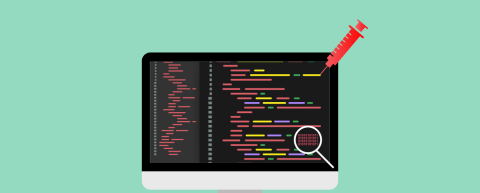How do Compliance Regulations Drive Application Security?
A zero-day flaw in MOVEit software exposed the data of 66.4 million individuals, revealing businesses are increasingly vulnerable to cyberattacks. Applications, which manage sensitive data, are prime targets for these threats. Compliance regulations recognize the risks and establish guidelines aimed at ensuring applications meet data protection, privacy, and overall security. PCI DSS v4.0 for example introduces 64 new requirements including strict security measures to protect public-facing applications.





